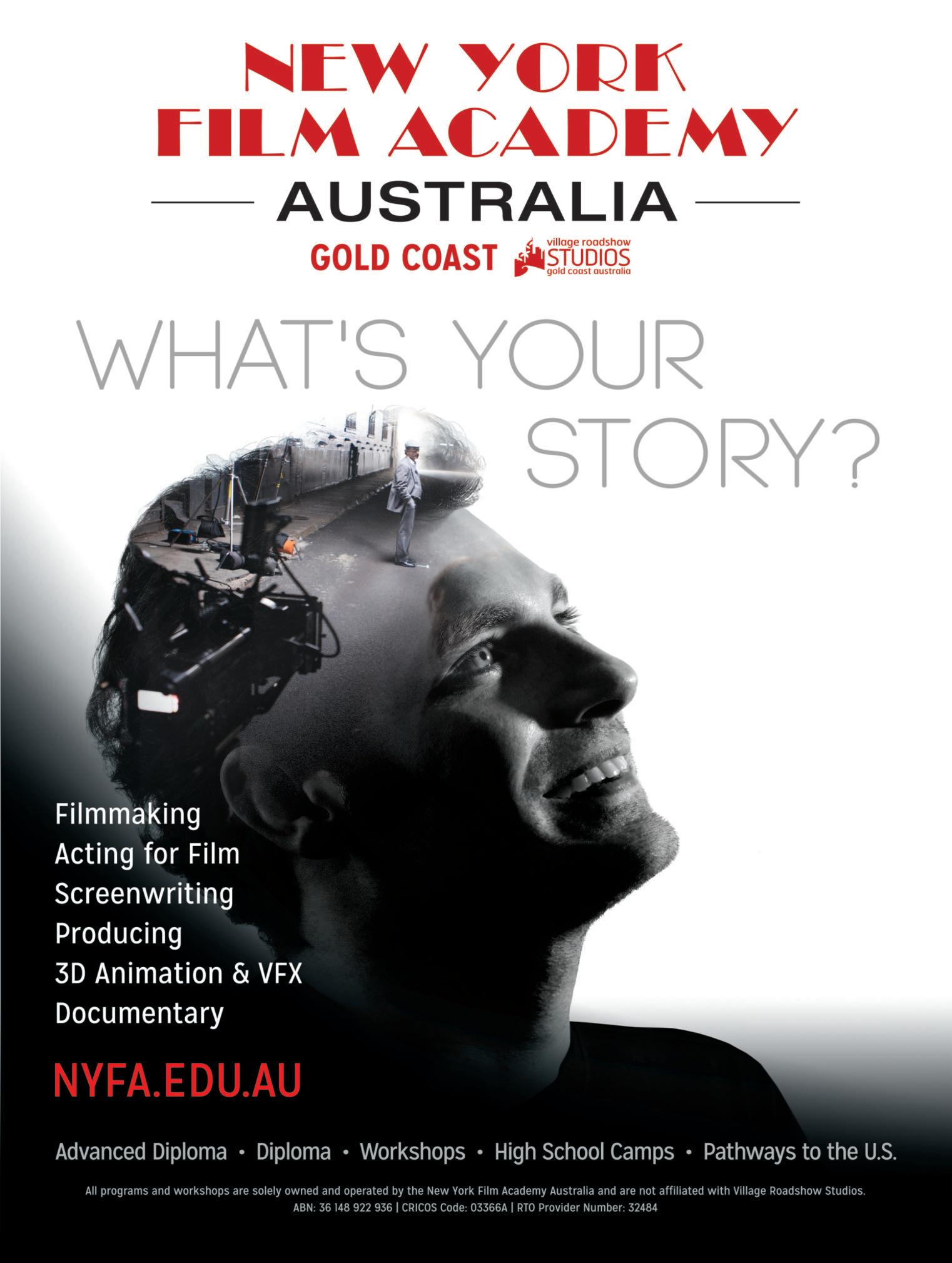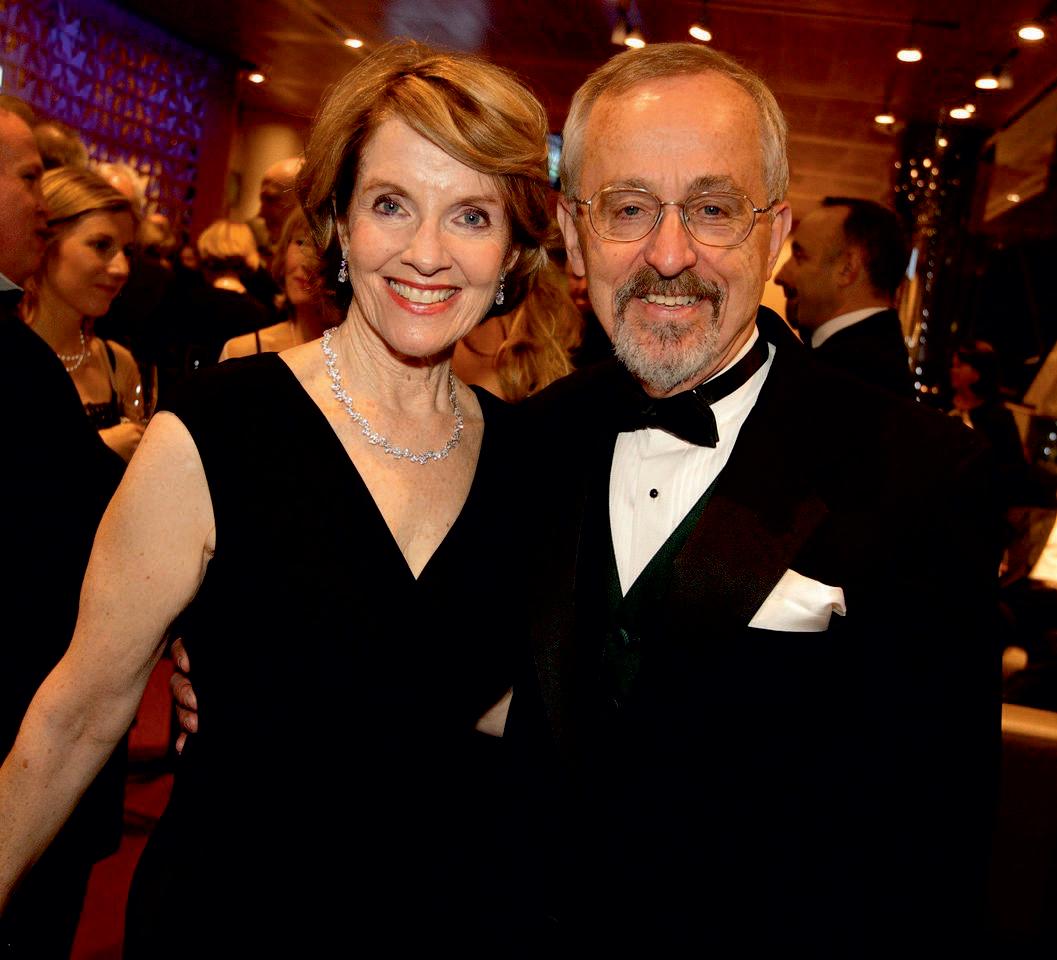

Larson
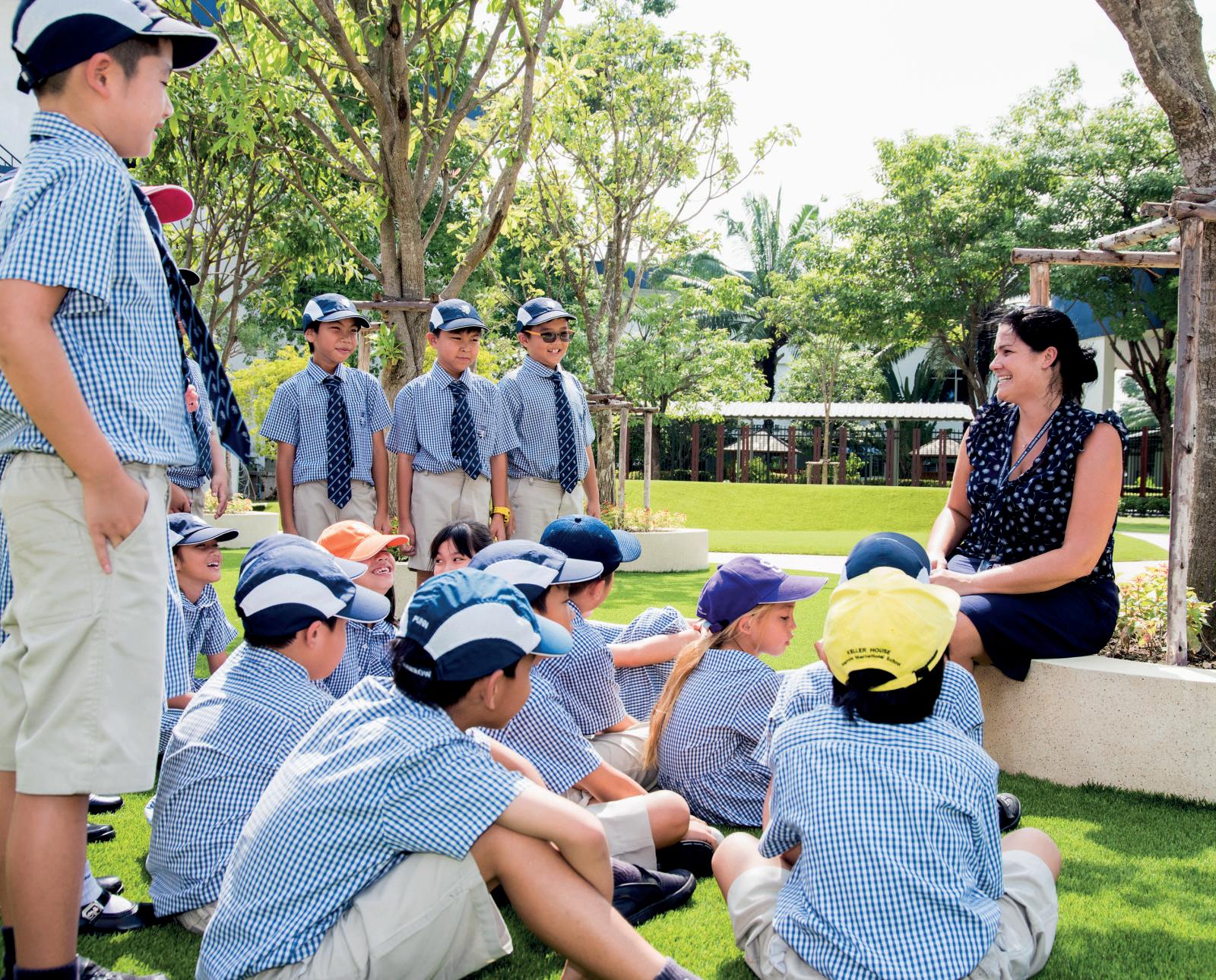


Editor’s Editor’s
Visionary Leader Redefining Education Through Innovation
Inaneramarkedbyrapidtechnologicaladvancementandincreasinglycomplex
globalchallenges,theimportanceofvisionaryleadershipineducationhasbecome morevitalthanever Today’seducationallandscapeisatapivotalpoint,requiring notjustreformbutafundamentalreinvention.Visionaryleadersinthisfieldarenot contenttosimplyrespondtochange;theyactivelyshapethefutureoflearning.They redesigneducationalenvironments,advocateforequityandinclusion,andleverage technologytobroadenaccessandenhanceoutcomes.Amongtheseinfluentialfiguresis RichardLarson,apioneeringleaderwhoseworkhastransformedbotheducational systemsandoperationalframeworksworldwide.
InsightsSuccessinitsrecenteditiontitledWorld’sMostInspiringThoughtLeader TransformingEducation-2025featuresLarson,affectionatelyknownas"Doctor Queue,"inrecognitionofhisexceptionalcontributionstoeducationandpublicsystems. Larsonhascultivatedadistinguishedcareerdefinedbyauniquecombinationof academicexcellence,practicalimplementation,andvisionaryleadership.Foroverfive decadesattheMassachusettsInstituteofTechnology(MIT),hehasexemplifiedthe integrationofrigoroustheoreticalresearchwithreal-worldapplication,particularlyin thefieldsofoperationsresearch,urbansystems,andeducationaltechnology Widely recognizedforhispioneeringworkinqueueingtheoryandpublicsystemsoptimization, Larsonhasplayedapivotalroleinimprovingemergencyresponsetimes,enhancing urbaninfrastructure,andadvancingservicedeliveryacrossvarioussectors.Hisdeep commitmenttofield-basedresearch,oftendescribedasahands-on,problem-solving approach,haseffectivelybridgedthegapbetweenmathematicalmodelingandhumancenteredsolutions.
HisleadershipoftheMITBLOSSOMSinitiativeandtheLearningInternational NetworksConsortium(LINC)demonstratedhispassionfordemocratizingeducation throughtechnology.Larson'slegacyextendsbeyondresearch,encompassing mentorship,publicservice,andglobaleducationreform.Hislife’sworkremindsusthat themostlastinginfluenceliesinthetransformationofsystemsandlivesthroughinquiry, innovation,andservice.
Haveagreatreadahead!

MichaelWayne
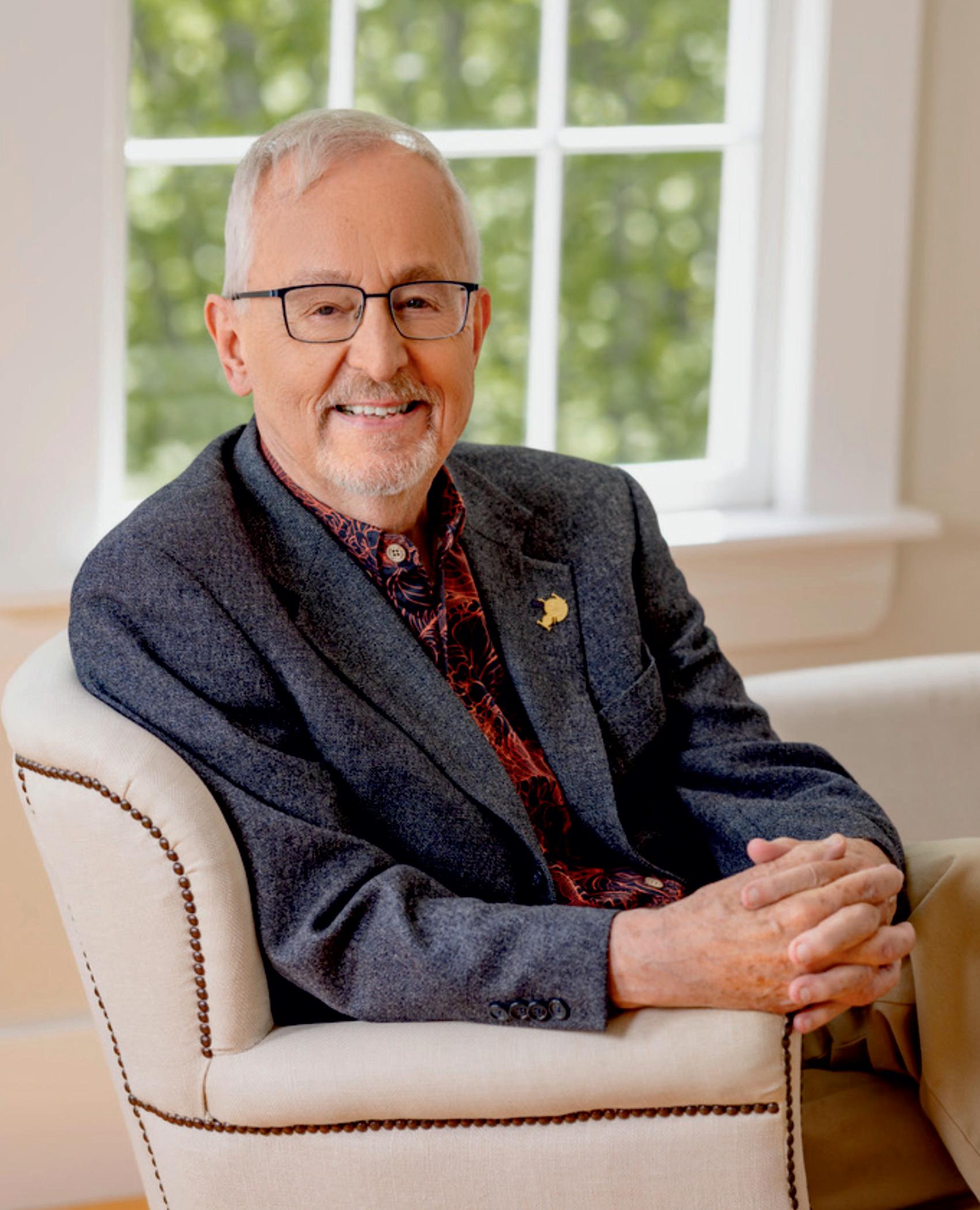

Editor-in-Chief
Merry D'Souza
Managing Editor Executive Editor
Preston Bannister
Visualizer
David King
Senior Sales Managers
Jenny Fernandes
Art & Design Director
Rosy Scott
Bruno Alves, Jack McDowell
Marketing Manager Technical Head
James M.
Jacob Smile
Technical Specialist
Irvin Wilson
SME-SMO Executive
Steve Rodrigues
Robert Brown
Assistant Editor
Michael Wayne

Circulation Manager July, 2025
Database Management
Stella Andrew
Associate Designer
Angela Ruskin
Business Development Manager
Ryan Brown
Sales Executive
Max Floyd
Business Development Executives
Simon, Tom
Digital Marketing Manager
Dominique T.
Research Analyst
Frank Adams
Technology Consultant
David Stokes

sales@insightssuccess.com

We are also available on :




Copyright © 2025 Insights Success , All rights reserved. The content and images used in this magazine should not be reproduced or transmitted in any form or by any means, electronic, mechanical, photocopying, recording or otherwise, without prior permission from Insights Success. Reprint rights remain solely with Insights Success. Follow us on : www.facebook.com/insightssuccess/ www.x.com/insightssuccess

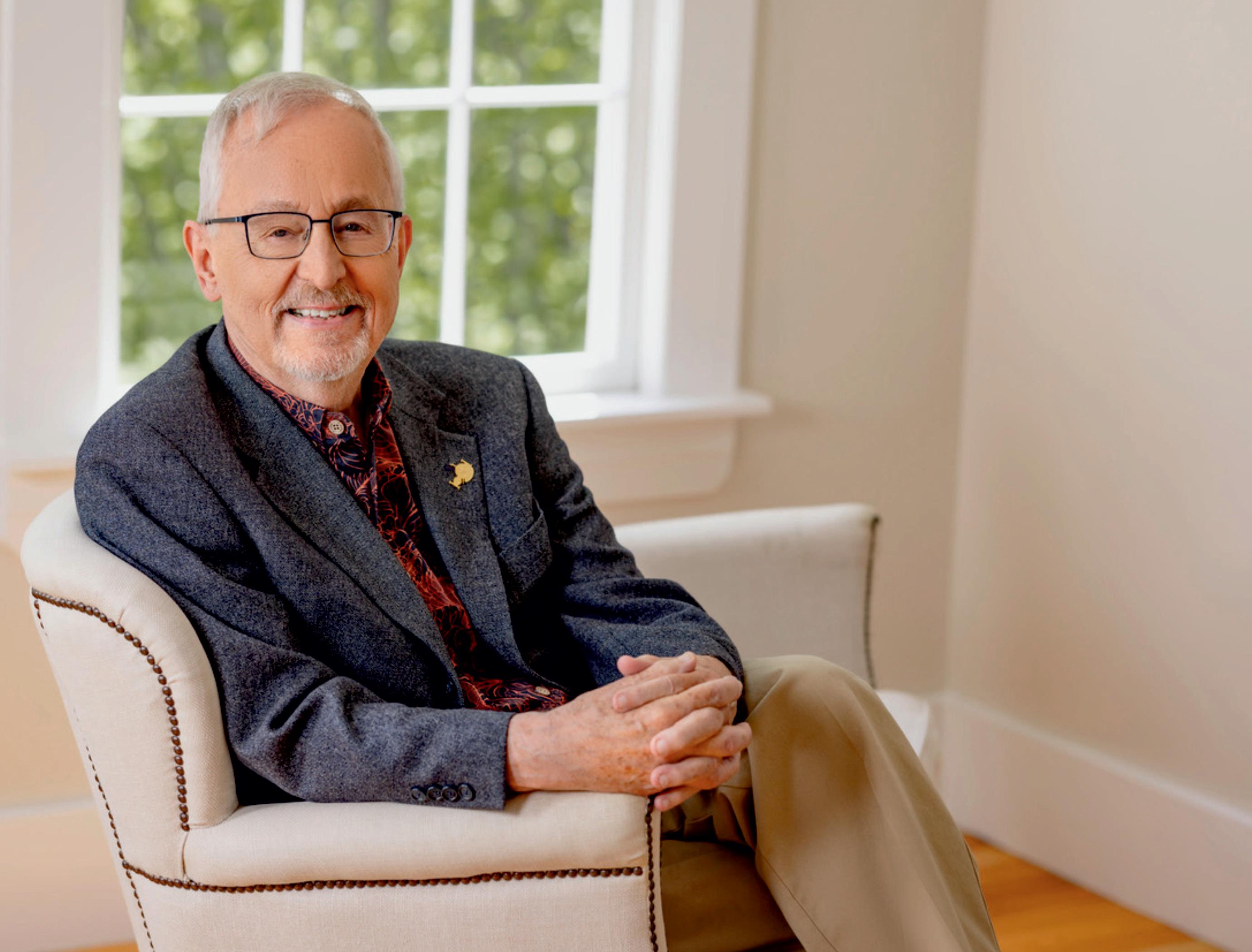
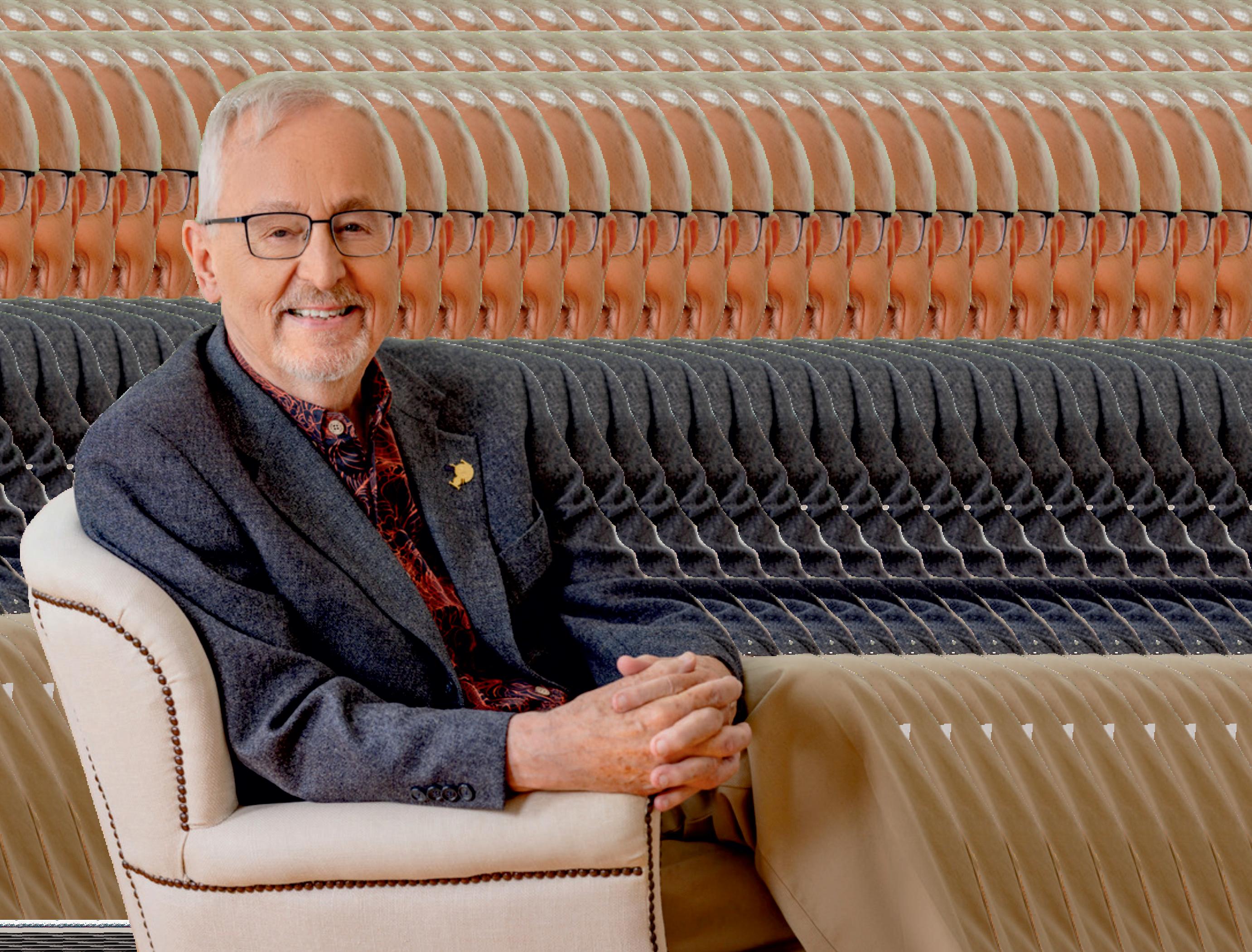

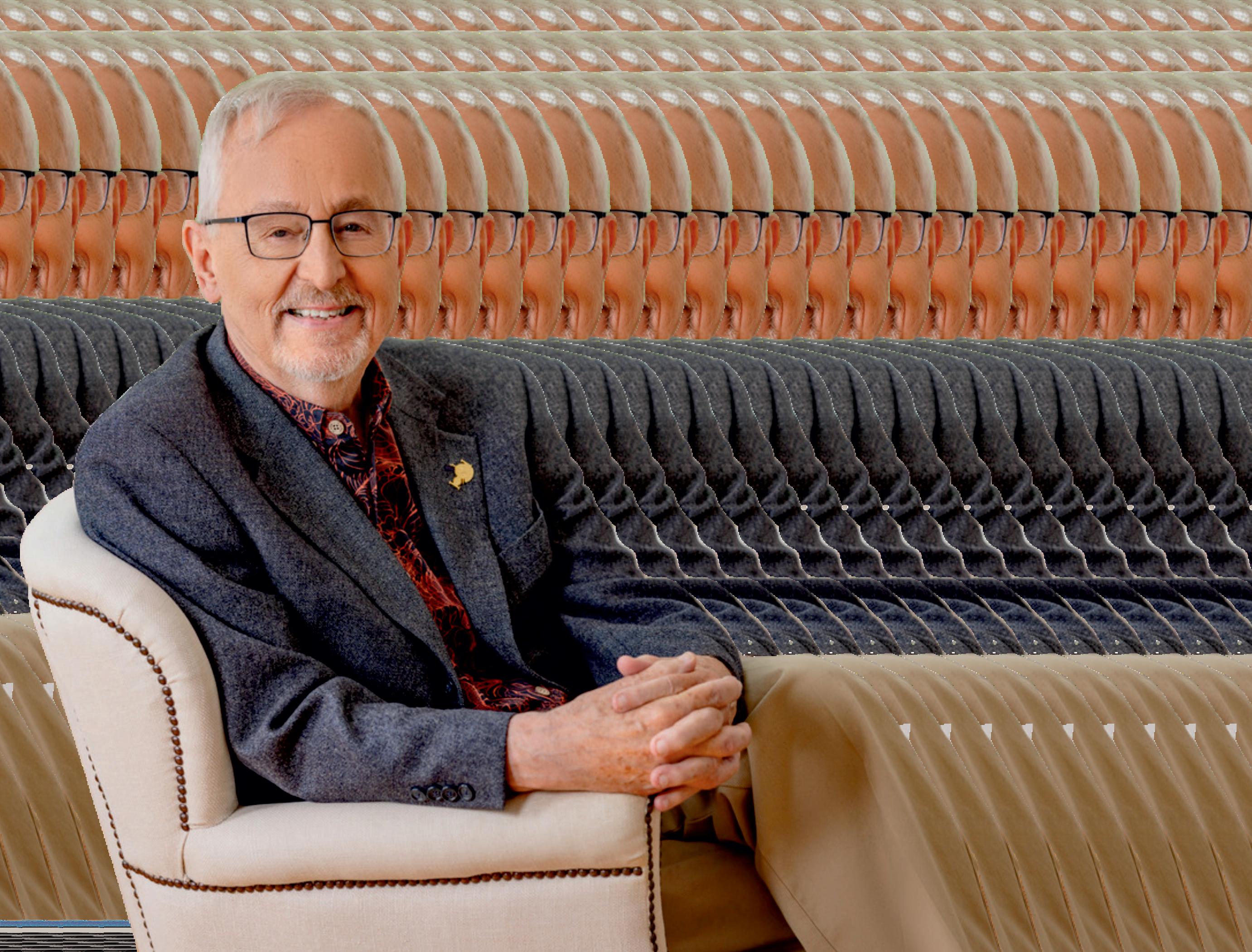

BeforeexaminingthedistinguishedcareerofRichard C. Larson, it is necessary to acknowledge the significant impact a committed individual can have on academic fields, public system change, and world educational technology Richard's path is a testament to the long-term power of inquiry, service, and the never-ending questforpragmaticsolutionstocomplexproblems.
Introduction
Richard, widely referred to as "Doctor Queue" due to his groundbreakingcontributionstoqueueingtheory,isamodel of cross-disciplinary scholarship and public influence. For over half a century at the Massachusetts Institute of Technology (MIT), Richard has established himself as professor,researcher,inventor,mentor,andleaderofthought. Hisdistinctivecombinationofmathematicalprecision,fieldbasedpragmatism,andforward-lookingleadershiphashada lasting impact on operations research, urban systems, and technology-facilitatededucation.Richard'slegacyisnotonly intermsofscholarlyworkandinstitutionalinnovationsbutin themyriadlivesenrichedbyhisdedicationtobridgingtheory andpractice.
EarlyLifeandAcademicFoundations
Richardwasbornin1943inBayside,Queens,NewYorkCity He came from a family that prized education and curiosity, and Richard's early life was characterized by intellectual curiosity and a desire to comprehend the systems governing everydayexistence.Richardmovedaroundanumberoftimes asachildbeforegraduatingfromNeedhamHighSchooland thengoingontoattendMIT,wherehereceivedhisBachelor's, Master's,andPh.D.degreesinelectricalengineeringin1969.
Richard's years at MIT overlapped with an era of explosive innovation in applied mathematics and engineering. Guided by the best minds in operations research, he absorbed the value of closing the gap between academic theory and realworld application-a philosophy that would be the defining characteristicofhiscareer.
OperationsResearch:TheoryMeetsPractice
TheEssenceofOperationsResearch
Operations research (OR) is a field of study that draws on multiple disciplines to use mathematical models, statistical methods,andoptimizationprocedurestoaddresschallenging decision-makingproblems.ForRichard,ORwasnotmerelya learnedacademicendeavorbutanactiveapproachfordealing

“Students need to be focused, energetic, inquisitive, willing to take risks, and wanting to make positive changes in the world.”
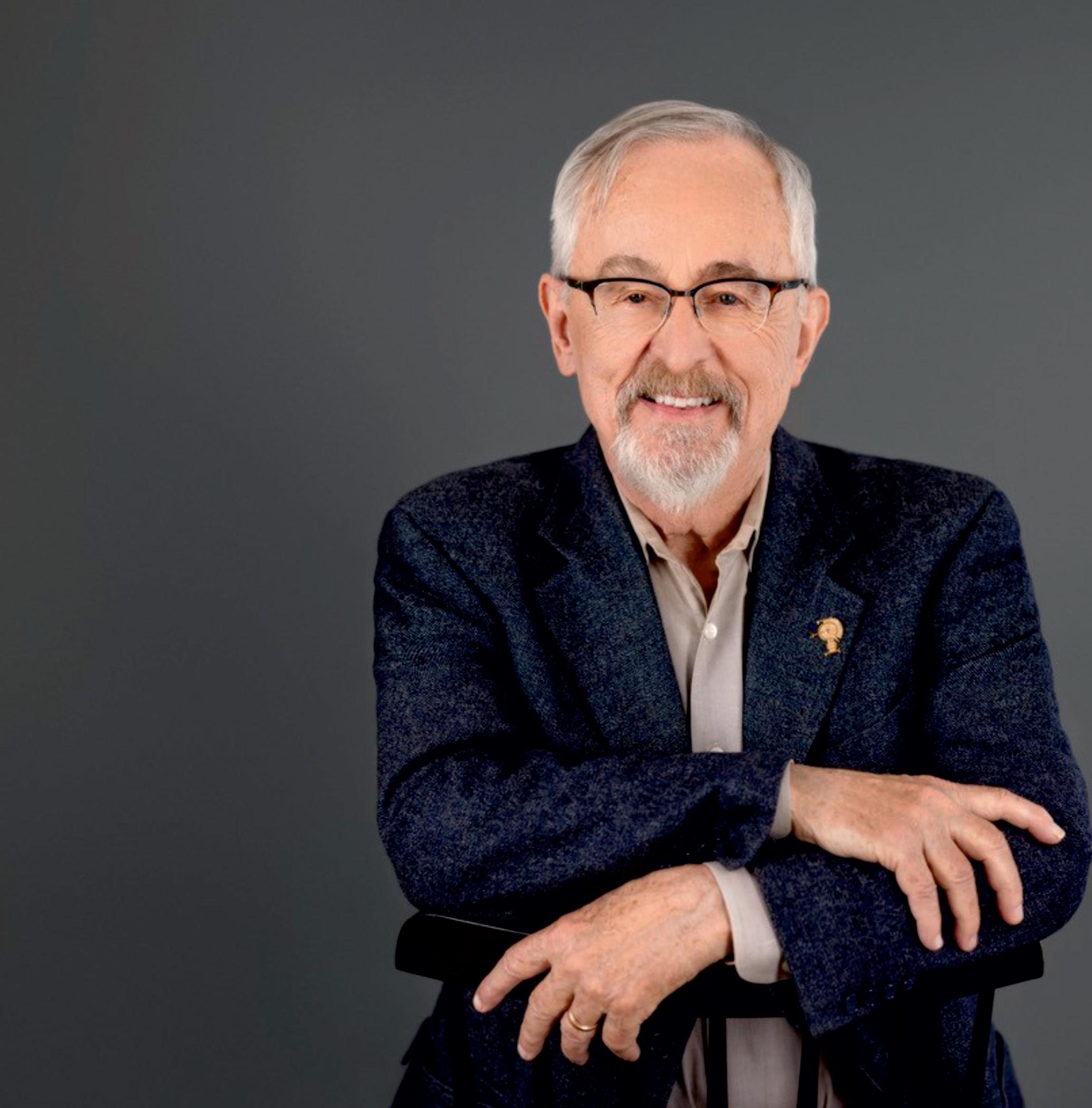









“Effective solutions can only emerge from a deep understanding of operational realities.”
withthe"messy"issuesoftherealworld.HecharacterizedOR as"researchonoperations,"withafocusontheimportanceof working directly with real systems-public safety, transportation,healthcare,andeducation.
Boots-on-the-GroundApproach
Richard's OR philosophy was characterized by an absolute commitment to fieldwork and actual-world involvement. Richard was convinced that only good solutions could arise fromarichcomprehensionofoperationalrealities,frequently demanding researchers to "get their boots muddy " This philosophyfoundexpressioninhispracticewithpublicsector organizations, where he utilized OR principles to enhance emergency response systems, optimize urban infrastructure, andimproveservicedelivery.
One of Richard's greatest achievements was helping to optimize New York City's 911 emergency call system Throughtheapplicationofqueueingtheoryandsophisticated schedulingmodels,Richardandhisgroupcutresponsetimes byahugemarginandoptimizedresourceuse.Althoughitis impossibletomeasurethefullextentofthesegains,Richard was adamant that their efforts saved lives and raised the bar forpublicsafetyoperations.
PractitionerFirst,AcademicSecond
During the course of his career, Richard insisted that his success as a scholar lay in his status as a practitioner Regularly, he worked with public agencies, non-profit organizations, and industry partners, making sure that his research was responsive to pressing social needs. This practitioner orientation shaped his instruction as well, as he advocated that students tackle problems directly and view theory and practice as inextricable parts of good problemsolving.
EducationalPhilosophyandMentorship
IntegratingTheoryandPractice
As a teacher, Richard was famous for combining tough theoretical training with practical, experiential learning. He eschewedastrictly"theorem-proof"pedagogy,believingthat operationsresearchstudentsneededtogainanintuitivegrasp ofactualsystemsthroughexperience.HisowncoursesatMIT focusedonfieldstudies,casestudies,andgroupprojectsthat forced students to use analytical methods on messy, unstructuredproblems.

MentoringtheNextGeneration
Richard's impact was far-reaching beyond the classroom. Throughout his career, he guided many doctoral students, suchasKentW ColtonandMaiaMajumder,whohavegone on to notable careers in academia, industry, and public service. His mentorship was marked by a sincere interest in the professional and personal growth of his students and a dedication to developing intellectual curiosity and moral responsibility.
ConsultingandReal-WorldImpact
Asidefromhisteachingduties,Richardoversawoff-campus consulting companies like Public Systems Evaluations, Inc. andENFORTHCorp.Thesefirmsgavestudentsthechanceto workonactualprojectsovertheirsummervacations,usually intoughurbansettingslikeNewYorkCity.Theexposureof workingonfieldoperationalissuesenrichedstudents'studies and motivated many to pursue meaningful careers in operationsresearchandalliedfields.

“Without my real-world experiences, I’d have never been successful as a professor.”

LeadershipinEducationalTechnology
VisionforTechnology-EnabledLearning
Richard'spassiontoenhanceeducationdidnotstopatregular classrooms.Inseeingthetransformationalpotentialofdigital technology, he became an early and foremost champion for puttingtechnologyatthecenterofteachingandlearning.His enthusiasm in educational technology started when he witnessedthegoodimpactsofdigitaltechnologiesonhisown children's education, and so he wanted to find means of scalingsucheffectstowidercommunities.
CenterforAdvancedEducationalServices(CAES)
Between 1995 and 2003, Richard was the director of MIT's Center forAdvanced Educational Services (CAES). During his tenure, CAES created and implemented technologyenabledlearningsolutionsforstudentsglobally,overcoming geographical barriers and increasing access to quality education. The center's work provided the foundation for futureinnovationsinonlineandblendedlearningatMITand elsewhere.
Establishing the Learning International Networks Consortium(LINC)
In 2002, Richard established the Learning International NetworksConsortium(LINC),aninternationalorganization based at MITthat seeks to use technology to deliver quality education at scale. LINC united universities, policymakers, and practitioners from more than 25 nations to tackle the educational challenges of disadvantaged and remote communities. The consortium held international symposia, facilitated cross-border collaborations, and advocated the applicationofe-learning,distanceeducation,andinformation and communication technologies (ICTs) to democratize accesstoeducation.
MIT BLOSSOMS: Blended Learning for Global Classrooms
Richard's most important contribution to educational technology is probably the MIT BLOSSOMS (Blended Learning Open Source Science Or Math Studies) project. AfteratriptoaChineseruralschool,Richardhadtheideaof interactive video lessons that would motivate students and empower teachers, rather than just deliver information. BLOSSOMSdeliverscost-free,interactivemathandscience
modules presented by teachers globally that can be woven into local-classroom practice. This blended technique has achieveduniformaccesstogoodqualitySTEMschoolingfor scholars of varied environments, especially in neglected areas.BLOSSOMSisanarchetypeforopencoursewareand hybridlearningacrosstheglobe.
ScholarshipandThoughtLeadership
Ground-Breaking Research on Queueing Theory and UrbanSystems
Richard's research is both wide-ranging and profound, ranging from foundational contributions to queueing theory, urban operations, and systems engineering. His work has influenced the design and management of intricate service systems, ranging from emergency response networks to transportation infrastructure. Richard's writing is characterized by clarity, practicality, and multidisciplinary appeal, which makes it readable both for academic and practitionerreaderships.

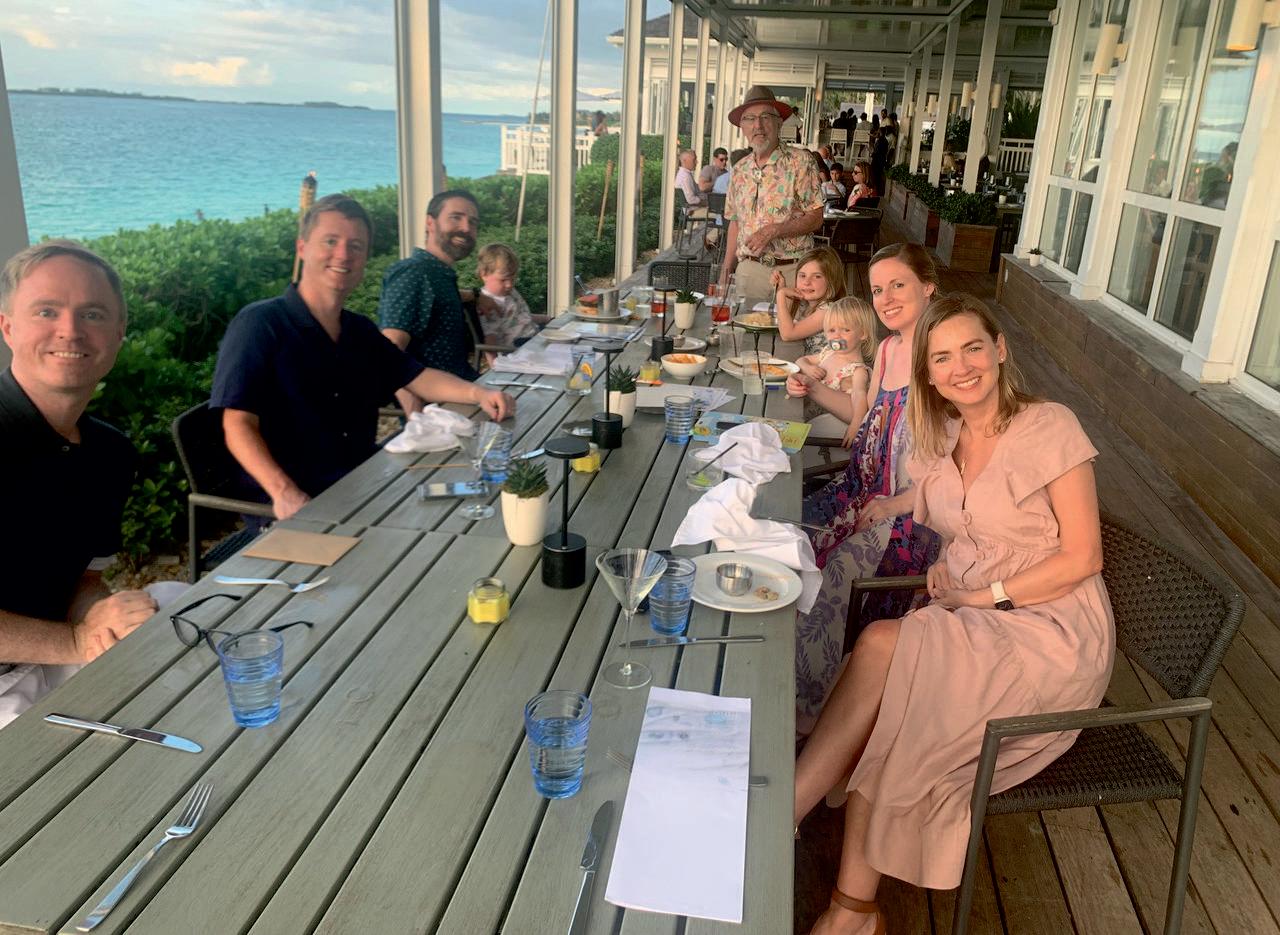


ModelThinkingforEverydayLife
In his latest book, Richard has been concentrating on advocating "model thinking" for the masses. His interactive book, MODEL THINKING For Everyday Life: How to Make Smarter Decisions, published by INFORMS, acquaints readerswiththetwomeaningsof"model"-bothasexemplary and conceptual. Richard supports the application of mathematical and conceptual models to make decisions in daily life better, with a focus on process rather than memorized answers. He urges readers to slow down, avoid technology shortcuts, and delve deeply into problems with basicanalyticaltools.
AdvocacyforHumanIntelligence
Inspiteofrecognizingtheextraordinaryabilitiesofartificial intelligence (AI), Richard is a strong supporter of human intelligence (HI). He warns of excessive dependence on technology and appeals to educators and students to remain focused on critical thinking, flexibility, and experiential learning. For Richard, learning involving inquiry, thinking,


“I’ve always considered myself a practitioner first and an academic second.”
and iteration is more important than the mere knowledge of answers.
ImpactonPublicPolicyandOrganizationalPractice
ImprovingPublicSectorOperations
Richard's contributions have profoundly influenced the operations of public sector organizations. His consulting engagementswithorganizationsliketheU.S.PostalService and the City of New York have converted theoretical ideas into practical enhancements in service provision, resource management,andoperationaleffectiveness.Richard'sskillat articulatingcomplicatedideastoavarietyofstakeholdershas establishedhimasamuch-desiredadvisorandpartner
ShapingProfessionalSocieties
Aside from his specific contributions, Richard has significantly helped develop the practice of operations research as an area through leadership of professional associations. He is a past president of both the Operations Research Society of America (ORSA) and the Institute for Operations Research and the Management Sciences (INFORMS).Hehasbeenrecognizedbymultipleawardsfor bothserviceandscholarship.Richard'sleadershiphascreated a vibrant, collaborative community of scholars and practitioners committed to developing the field and respondingtoglobalchallenges.
LegacyandLastingInfluence
ExpandingtheFrontiersofKnowledge
Richard's contributions to operations research, urban systems, and educational technology have pushed the frontiers of practice and knowledge. His work has tackled someofthemostimportantissuesconfrontingcontemporary society,fromemergencyresponsetofairaccesstoeducation. Richard's interdisciplinary perspective and dedication to bridging theory and practice are an inspiration to future generationsofscholarsandpractitioners.
InspiringtheNextGeneration
Richard's legacy lives on through the numerous students, peers, and organizations he has guided and influenced. His emphasis on the interconnectedness of theory and practice, hispromotionofhuman-centeredlearning,andhisvisionfor technology-supported education continue to influence the developmentofacademicfieldsandpublicsystemsglobally
ALastingImpactonEducationandSociety
As operations research and education technology advance, Richard's legacy continues to be a source of inspiration. His life shows that the greatest breakthroughs take place where science,service,andimaginationintersect.Richard'slifeisan inspirationtoeveryonewhowishestoleavealastinglegacy based on knowledge, imagination, and an unwavering allegiancetothecommongood.
Conclusion
Richard'sMITcareerandbeyonddefinetheimpactofcrossdisciplinary scholarship, practical application, and transformational leadership. As a trailblazer in operations research, an advocate for technology-enhanced education, and a mentor to countless students, Richard has left an invaluable legacy on academe, public policy, and international education. His legacy is one of service, innovation, and never wavered confidence in the power of human intellect to address the world's most intractable challenges. In a world of rapid technology and global crisis, Richard'sworkandlifeserveasareminderthatsuccessisnot to be measured in awards or technical capability, but by the long-term influence we leave on people's lives and on the systemsthatstructureourworld.
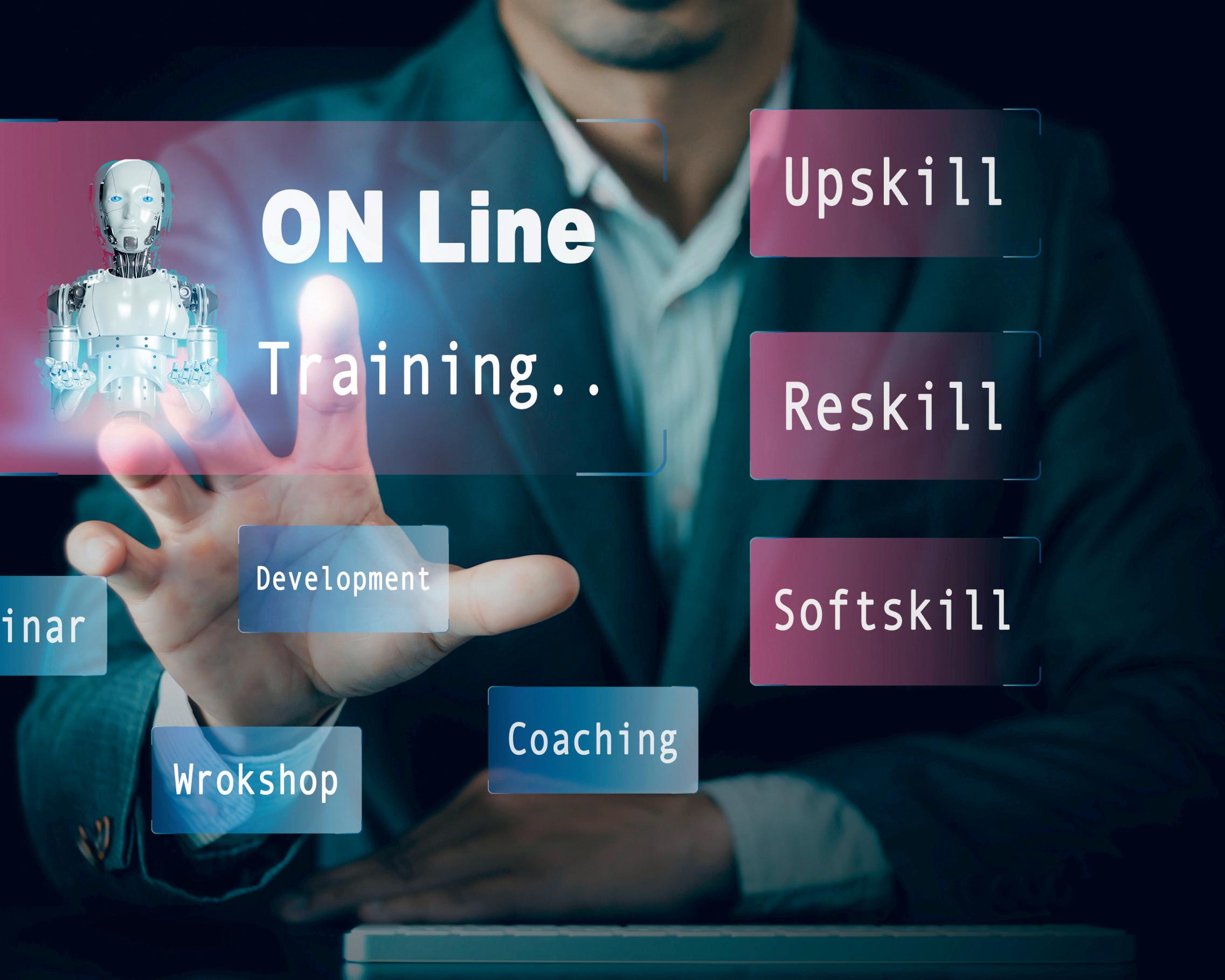

Advancing Education Development Strategies
With the ever-evolving, fast-changing pace of the
worldtoday,thevalueofeducationhasneverbeen more critical In societies that are bedeviled by entrenched issues like technological change, climate change, and economic inequality, education systems need to be refashioned to respond to the demands of the 21st century. Longer-term planning for education development is the keystonetocreatingsustainabledevelopment,withindividuals abletolearnthroughlifeandsocialjusticeachieved Dividends mightbegainedinthelongertermbyinvestmentineducation andlong-termplanningatthelevelofindividualsandsociety, changinglivesandchangingtheworldandthenation
This article highlights the main pillars of education development strategy such as policy innovation, equity of access,andintegrationoftechnology
PolicyInnovationandStrategicPlanning
One of the pillars of education development is establishing strong, evidence-based policy that is aligned with national development aspirations and global standards of education. Planning education must transcend paradigms and adopt flexibility, accountability, and sustainability This requires curricula to be aligned with labor needs, enacting visionoriented teacher training programs, and having measurable goals for student performance Wholeness policy structures need to address all education levels early childhood, right through to tertiary and vocational education providing continuityandcoherencewithinstreamsoflearning.
Regionalrequirementsneedtobeaddressedbypolicymakersas well when formulating national education policy Heterogeneity of culture, regional economic contexts, and values is essential in deciding suitable models of good education. Involving teachers, students, parents, and local leaders in the policy formulation can localize the policy and makeitowned.
Also, there should be a mechanism of continuous monitoring andreviewthatassessestheeffectofeducationalreformsand alsoprovidesspaceforcorrectiveactionattheappropriatetime Strategic planning, as information-based and people-focused, renderseducationprogramsdynamic,effective,andresponsive
EnsuringEquitableAccessandInclusion
Millions of young people and adults alike continue to lack access to quality education despite development across the globe, owing to factors such as poverty, distance in geographical location, gender bias, and disability Inclusive practicesthatovercomethesebarriersandenhanceequityneed to be a fundamental strategy in the educational development strategy Governments and all stakeholders need to make themselvesaccountablefordismantlingstructuralandsystemic barriers that prevent marginalized groups from being actively included in accessing education. This would involve the abolitionofschoolfees,transportsubsidies,andexpenditureon cost-effective infrastructure, especially in rural and disadvantagedareas
Inclusion further entails the transformation of curriculum designandpedagogy.Diversestudentsrequireculture-specific languageandpedagogythatvalueandrespecttheiridentities. Teaching practices which are inclusive should form the component of teacher education programs so that teachers know how to address students' needs for diversities in ability, learning, and social context Language education, gendersensitive content, and assistive technology can all help make education accessible as well as effective. And lastly, an inclusiveeducationsystemisnotmerelyasystemthataccepts diversitybutonethatcelebratesdiversity,inawaythatleavesno learnerbehind.
LeveragingTechnologyforTransformativeLearning
Technology is a powerful driver of educational innovation when utilized judiciously and inclusively. The pandemic-
inducedmigrationtodistancelearningduringCOVID-19both underscored the potential and the risks of technology-based education Facilities online can level the access playing field, enable tailored learning, and connect teachers and learners worldwide The biggest challenge, however, is the digital divide,moresoamongpoorgroupswheredigitalandinternet literacy are absent It will require investment in ICT infrastructure, low-cost equipment, and training teachers in digitalpedagogytoclosethisgap.
Technology here, excluding access, needs to be harnessed to make the quality and relevance of education improve Virtual simulations, responsive learning environments, and artificial intelligencecanfacilitatediverselearningandmonitorlearners' progressinrealtime Educationtechnologiesarealsocapableof bringing career and lifelong learning opportunities at scale, enabling adults to upskill and reskill in a constantly changing jobsenvironment.Dataanalyticsalsoguideeducationleaders indecision-makingwithrespecttore-optimizingresourcesand curriculumdevelopment
Conclusion
Reinventing education development approaches requires innovation, access, and strategic investment. Centered on policy innovation, access balance, and the co-option of technology, education systems can be reimagined to address today'sneedsandpreparestudentsfortomorrow Educationis not just a human right and an integral foundation of sustainable development and social harmony As world societies strive towards inclusive growth, societal resilience, anddigitalreadiness,educationmustcontinuetooccupycenter stage in development agendas. Governments, teachers, and globalpartnerswillhavetocometogethertoputinplacenew, innovativepracticesthatprovideinclusive,qualityeducationto all Learninginthefuturedoesnotoccurinclassroomsbutin adaptive,opensystemswhereeverychildcanmaximizetheir ability
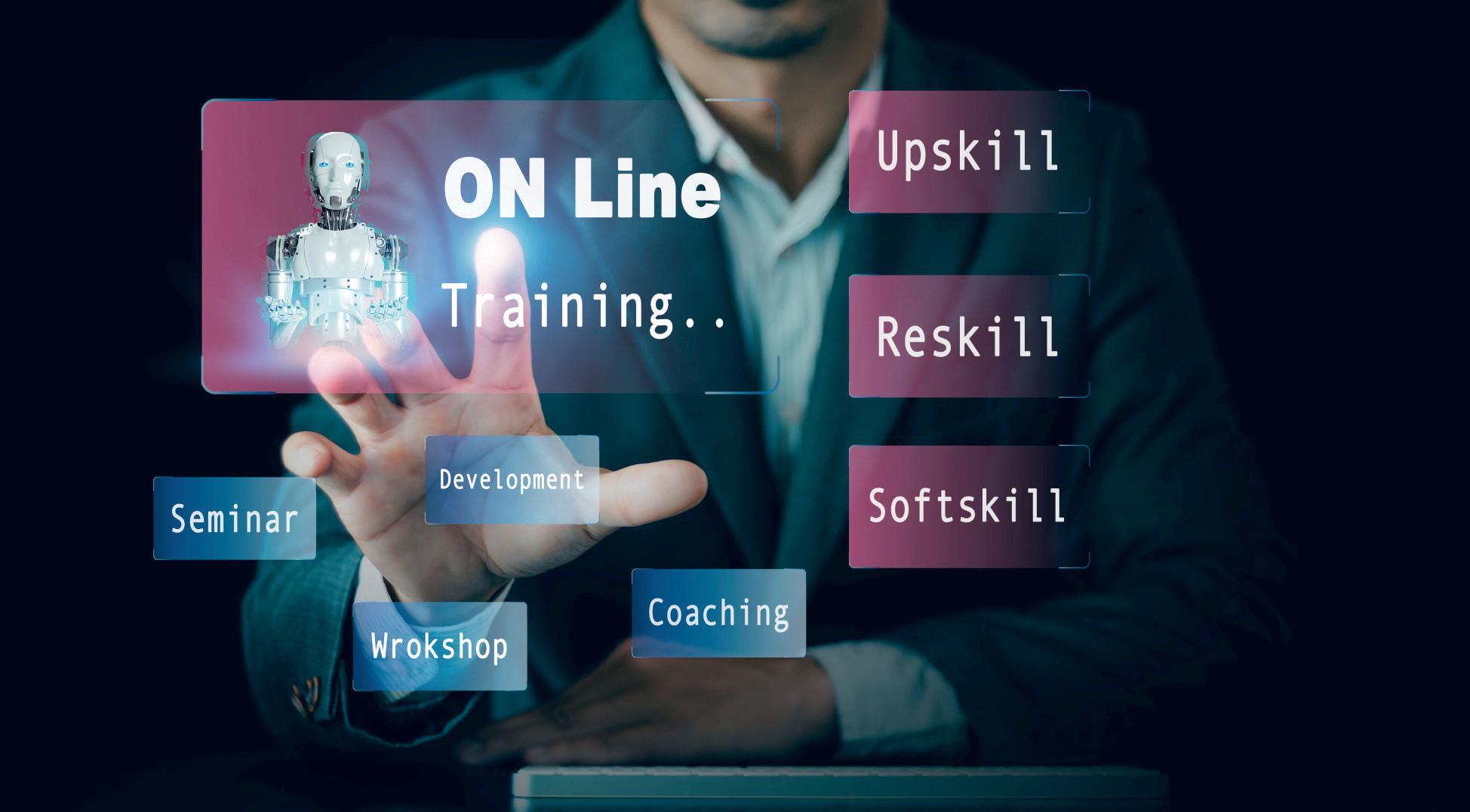


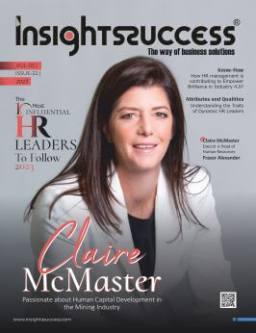
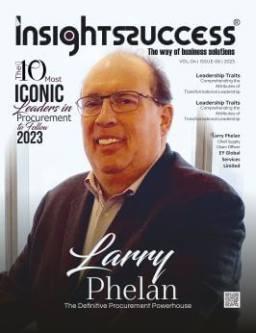
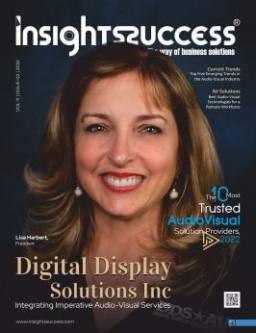
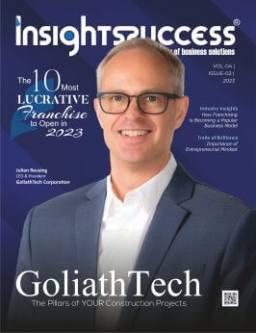
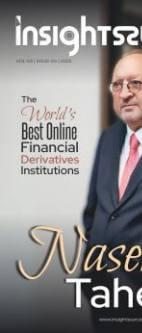
www.insightssuccessmagazine.com
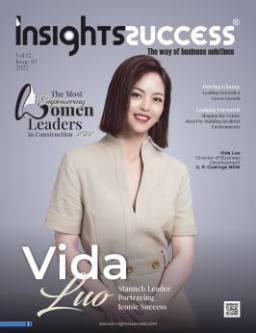
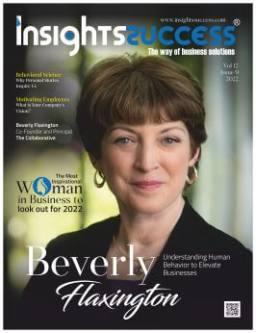
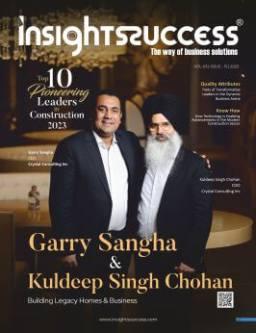
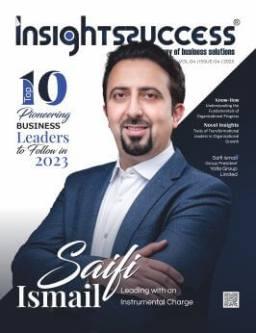
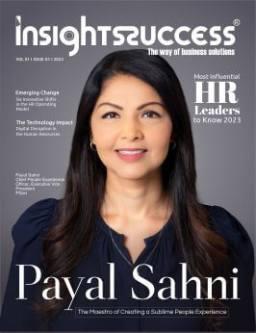
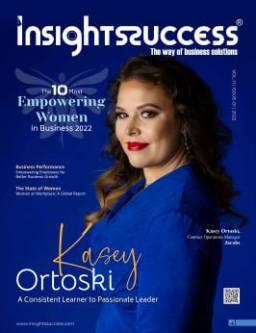

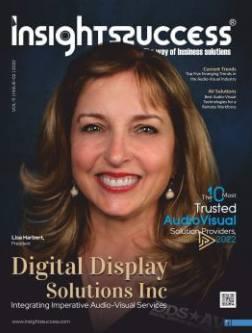


Navigatingthe Digital Learning Landscape Effectively
In recent years, the education sector has undergone a
significant transformation, embracing digital platforms andtechnologiestodeliverlearninginmoredynamicand accessible ways The digital learning landscape offers a wide range of tools and resources that can enhance the educational experience for learners of all ages. However, successfully navigating this evolving environment requires strategic planning, digital literacy, and adaptability from educators, students,andinstitutions.Totakefulladvantageofwhatdigital learning has to offer, all stakeholders must understand the available technologies, apply best practices, and maintain a mindsetcenteredoncontinuousimprovement Digitallearning isnotsimplyatemporarysolutionthatemergedinresponseto challengesliketheCOVID-19pandemic.Itrepresentsalongterm shift in how education is delivered, consumed, and assessed. The rise of online courses, virtual classrooms,AIpoweredtutoringsystems,andcollaborativedigitalplatforms has opened the door to more personalized and scalable learningexperiences.
This article outlines how to navigate the digital learning landscape effectively, with a focus on strategic platform integration,learnerengagement,andongoingevaluation.
IntegratingDigitalToolsandPlatformsStrategically
Thefoundationofasuccessfuldigitallearningexperiencelies in the thoughtful integration of technology Learning management systems (LMS) such as Moodle, Google Classroom, and Canvas provide centralized access to course materials, assignments, communication tools, and analytics. Video conferencing applications like Zoom and Microsoft Teamsenablereal-timeinteraction,whiletoolslikediscussion boards,blogs,andpre-recordedlecturessupportasynchronous learning


The goal is not to use as many tools as possible but to select thosethatalignwithlearningobjectivesandcreateaseamless, user-friendlyexperience
Educators and institutions must assess both the technical capabilitiesoftheirchosenplatformsandthespecificneedsof their learners Accessibility, ease of navigation, and compatibility across devices are key factors when selecting technology. For example, platforms that offer personalized learningpathsthroughadaptivelearningfeaturescanhelptailor content to each student's pace and performance Gamified learningenvironmentsmayimprovemotivationandretention Equally important is the interoperability of systems, which allows different tools to work together without technical barriers Educators must also ensure that staff and students receiveadequatetrainingandsupporttomaximizethebenefits ofdigitaltools.
FosteringEngagementandMotivationinDigitalSpaces
One of the most common challenges in digital education is maintaining learner engagement Online environments, especiallythosethatareasynchronous,canleadtofeelingsof isolation or disconnection. Without regular face-to-face interaction, some learners may struggle with motivation and time management. To address this, instructors must create learningexperiencesthatareinteractive,community-oriented, andresponsivetostudents’needs Activitieslikegroupprojects, peer review assignments, live Q&A sessions, and online discussions help build a sense of collaboration and social presence.
Addingmultimediaandinteractiveelementstolearningcontent also contributes to greater engagement. Videos, simulations, digital whiteboards, and real-time quizzes support different learning styles and make the material more accessible and enjoyable Allowing students to have some control over their learning,suchaschoosingtheirownprojecttopicsorworkingat theirownpace,canalsoboostintrinsicmotivation.Alearnercenteredapproachthatemphasizesrelevanceandengagement leadstodeeperunderstandingandhighersatisfaction.Regular feedback and meaningful instructor interactions are essential forkeepingstudentsmotivatedandontrack
EnsuringContinuousEvaluationandImprovement
Tobeeffectiveinthelongterm,digitallearningenvironments must be continually assessed and refined. This involves monitoringboththeinstructionalqualityandtheperformance ofthetechnologybeingused Dataanalyticsareanessentialtool
in this process. Many learning platforms provide dashboards thatshowmetricssuchastimespentontasks,completionrates, and engagement levels These insights allow instructors to identifywhichstudentsmaybestruggling,whichmaterialsare effective,andwhichaspectsofthecoursemayneedrevision
Inadditiontoanalyzingquantitativedata,collectingqualitative feedbackfromstudentscanoffervaluableperspectivesontheir learningexperience.Regularsurveys,informalcheck-ins,and opencommunicationchannelshelpinstructorsunderstandwhat isworkingandwhatcouldbeimproved Institutionsshouldalso investintheongoingprofessionaldevelopmentofeducatorsso theycanstaycurrentwithemergingtechnologies,instructional strategies, and digital tools The digital learning landscape is constantly evolving, with innovations such as artificial intelligence, virtual reality, and microlearning changing how education is delivered. Educators who are open to experimentingandlearningcanbetteradapttheircoursesand teachingmethodstomeettheneedsofmodernlearners.
Conclusion
Effectively navigating the digital learning landscape requires morethansimplyincorporatingtechnologyintotheclassroom. Itdemandsadeliberateandstrategicapproachthatfocuseson choosing the right tools, fostering meaningful learner engagement, and committing to continuous improvement By aligningtechnologywitheducationalgoals,creatinginteractive and inclusive learning experiences, and regularly evaluating bothstudentprogressandinstructionaleffectiveness,educators and institutions can create a more impactful digital learning environment.Aseducationcontinuestoevolve,embracingthe opportunitiesofdigitallearningwithintentionandcarecanlead tomoreequitable,flexible,andeffectivelearningoutcomesfor all
